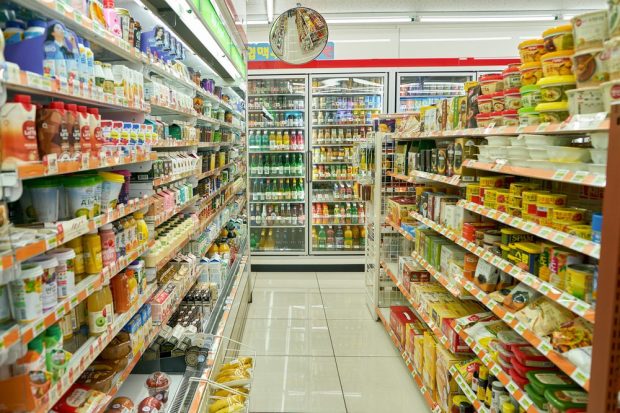C-Stores Step Up Food Efforts to Take Share from QSRs

Major convenience stores are expanding their hot food selection to divert sales from restaurants.
Most recently, major multinational convenience retailer EG Group has been adding in-store branded Ria’s Pizzerias at Cumberland Farms locations, as the National Association of Convenience Stores (NACS) noted Tuesday (Nov. 29). The company recently opened its second such location and planned to expand the concept throughout the Northeast.
“We’re thrilled to introduce Ria’s Pizzeria to our family of restaurant brands and are really excited for our guests to experience Ria’s quality pizza,” Cindy Rantanen, senior vice president of food and franchise Business at EG America, said in a statement quoted by the NACS.
These moves can be key for convenience retailers, given that, as the association notes, nearly one in four convenience store sales come via retailers’ food service businesses. That share has risen dramatically in the past decade. Indeed, by meeting more of consumers’ daily needs than a pure-play quick-service restaurant (QSR) is able to, c-stores can out-convenience their fast-food rivals. Consequently, leading brands are investing in their hot food offerings.
Convenience giant 7-Eleven, for its part, has been debuting new food options and advertising targeted offers to drive the adoption of its restaurant offerings. In the past few months, the company has debuted a new sausage and announced deals to boost sales of tacos and pizza. Additionally, with its 7Now delivery app and its Gold Pass subscription program, the retailer encourages consumers to make purchases the way they would from, say, DoorDash or Uber Eats, gaining a share of on-demand food sales.
Speaking to the company’s growth initiatives, director and managing executive officer Yoshimichi Maruyama told analysts during a presentation last month, “We will be accelerating the introduction of high-quality fresh food and proprietary beverage merchandise.”
Maruyama noted that fresh food same-store sales grew 15% year over year in the quarter, suggesting that demand is on the rise.
Similarly, chain Casey’s General Stores, which has more than 2,400 locations, noted in its September earnings report that food and beverage sales rose 11% year over year, a $35 million increase to $344 million. The company attributes those gains partly to its ability to outprice leading fast-food chains.
“Prepared food and dispensed beverage continues to be an excellent value proposition alternative to QSRs,” CEO Darren Rebelez told analysts on a call. “Each of our dayparts have items for our guests to get a great meal at a reasonable price, especially important in these inflationary times.”
Indeed, convenience is a top priority for many diners when it comes to their choice of merchant. Research from the 2022 Restaurant Friction Index, which drew from a census-balanced survey of more than 2,100 U.S. consumers, found that 40% of diners said they would be more inclined to purchase from restaurants that offer the ability to order and pay online.
Get the study: Restaurant Friction Index
Moreover, research from the July edition of PYMNTS’ ConnectedEconomy™ study, “The ConnectedEconomy™ Monthly Report: The Rise of the Smart Home,” found that 43% reported having ordered from an aggregator in the previous month.
View the full report: The ConnectedEconomy™ Monthly Report: The Rise of the Smart Home
By meeting not only this demand for food where consumers want it, when they want it but also their other daily needs — pantry essentials, snacks, basic home supplies and more — convenience stores have the chance to make themselves consumers’ one-stop shop for last-minute desires, meal-related and otherwise.
